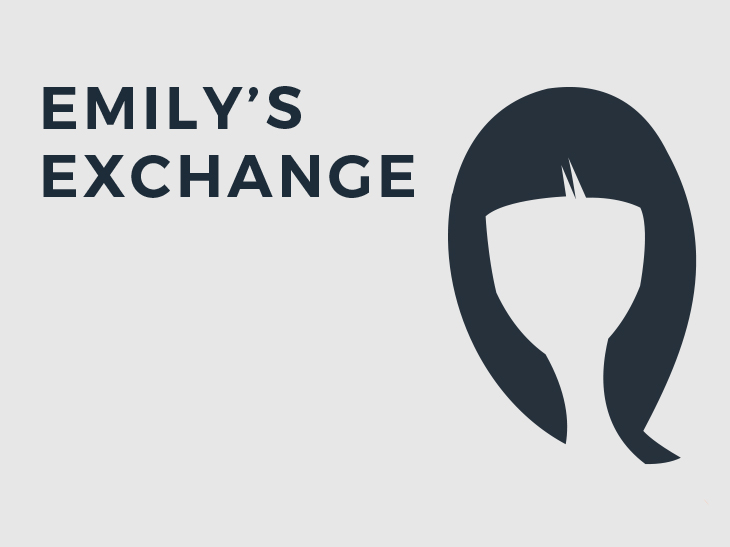It’s been two decades since the Bank of England split its decision-making from the government – and it’s been anything but easy with two big external shocks from the global financial crisis and Brexit.
Public retrospectives are always in-depth and often critical – and rightly so. Unfortunately, my desire to discuss the economic consequences of such decisions have earned me a restriction on dinner debates from my husband – much like my son’s computer time.
But at a time when the Bank of England takes up increasing space in my weekly columns, it’s important to revisit important historical decisions to ensure any past mistakes that have been made aren’t repeated. The Bank of England’s decisions permeate much, much further than the walls of its home in Threadneedle Street.
Bank of England history
Monetary policy used to be controlled by the government, but one of Gordon Brown’s first moves as Chancellor of the Exchequer in 1997 was to detach these decisions from the political stage.
It was a bold move designed to modernise the traditional system. Former Conservative Chancellor George Osborne took these reforms a step further, giving the Bank of England greater power to prevent another financial crash.
A decade on from the financial crisis, consumers are feeling the squeeze against a backdrop of rising inflation and stagnant wage growth. Rock bottom interest rates are eroding the purchasing power of savings, whilst allowing borrowers access to cheap money.
Barely a day goes by that the Bank of England isn’t mentioned in the news, highlighting its stronghold on our day-to-day lives.
What does the Bank of England do?
The Bank of England is a central bank, much like the US Federal Reserve and European Central Bank. Although the role of central banks can vary globally, the Bank of England’s responsibilities include controlling monetary policy, regulating the banking industry and providing services to the government.
Essentially, the Bank of England aims to stop the financial system from failing and tries to support sterling by controlling inflation.
Monetary policy might sound fancy, but it essentially means controlling the supply of money in the economy by adjusting interest rates and quantitative easing programmes – where money is created to buy investments like government bonds.
Rock-bottom interest rates have weighed on savers’ returns for over 100 months now, but borrowers have been more than happy with an era of cheap money. As personal debt grows to levels seen just before the 2008 financial crisis, even a small hike in interest rates could bring the credit binge to a painful end for many Brits.
Interest rate decisions
But with inflation expected to run ahead of its 2% target for some time, the Bank of England needs to find a way to decelerate the rate of price growth to within its target. Usually a signal of a growing economy, central banks tend to slow down growth by hiking interest rates.
The British economic backdrop is contradictory however, with unemployment at record lows but economic growth subdued. There’s also a lot more to stabilising the economy than controlling the rate of price growth – which is where the government and Bank of England have to work together.
Governor Mark Carney has a balancing act on his hands, but interest rates could rise in the coming months if trends continue – although he indicated that any rise would be gradual.
Bank regulation
Central Banks don’t just play with interest rates and quantitative easing; the Bank of England also plays a key role in regulating the banking industry and providing support services to the government.
For example, the Bank of England has recently tightened industry standards around household debt to try and avoid another household credit crisis.
Is the Bank of England always right?
There’s a big issue around the imprecise science of Central Bank forecasting – and not only at the Bank of England. Fed chair Janet Yellen has admitted in the past that inflation outcomes can be mysterious.
Mark Carney himself came under fire for warning that Brexit could have quick and disastrous consequences on the economy, before he slashed interest rates to an all-time low of 0.25% in 2016. Was he wrong or was it his immediate decision to cut the base rate that kept the economy from collapse? Another one for the dinner debate.
Taking to the stage to celebrate the independence milestone this week, Carney again warned there was little he could do if Prime Minister Theresa May’s current Brexit plans led to weaker real income growth – especially at a time when Brits are already feeling the squeeze.
Armed only with the power to smooth the economy cycle, Carney said he could not improve the UK’s longer-term economic prospects or mitigate any fall-out from Brexit. Independent or not, the question is whether he’s right.
Prepare for your future
There’s not much you or I can do to influence monetary policy, we have to watch it all unfold. However, we can and should prepare for our future. It looks like there might be some trickier times ahead, whether it’s the consumer squeeze or a hike in interest rates.
It will be nothing you can’t handle if you prepare early. Sacrificing a little today to ensure you can prepare for your future can help avoid more pain further down the line. Remember, at a time of low interest rates, you need to make your money work harder for you on the market to ensure your cash isn’t losing value sitting in cash savings.





